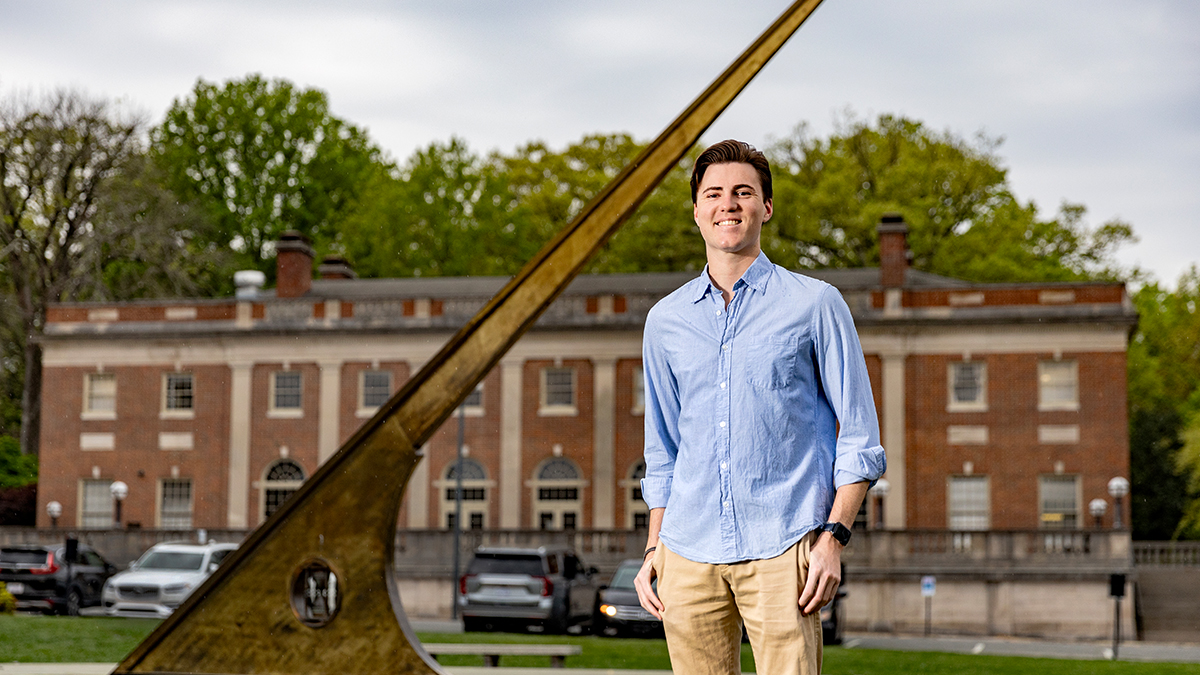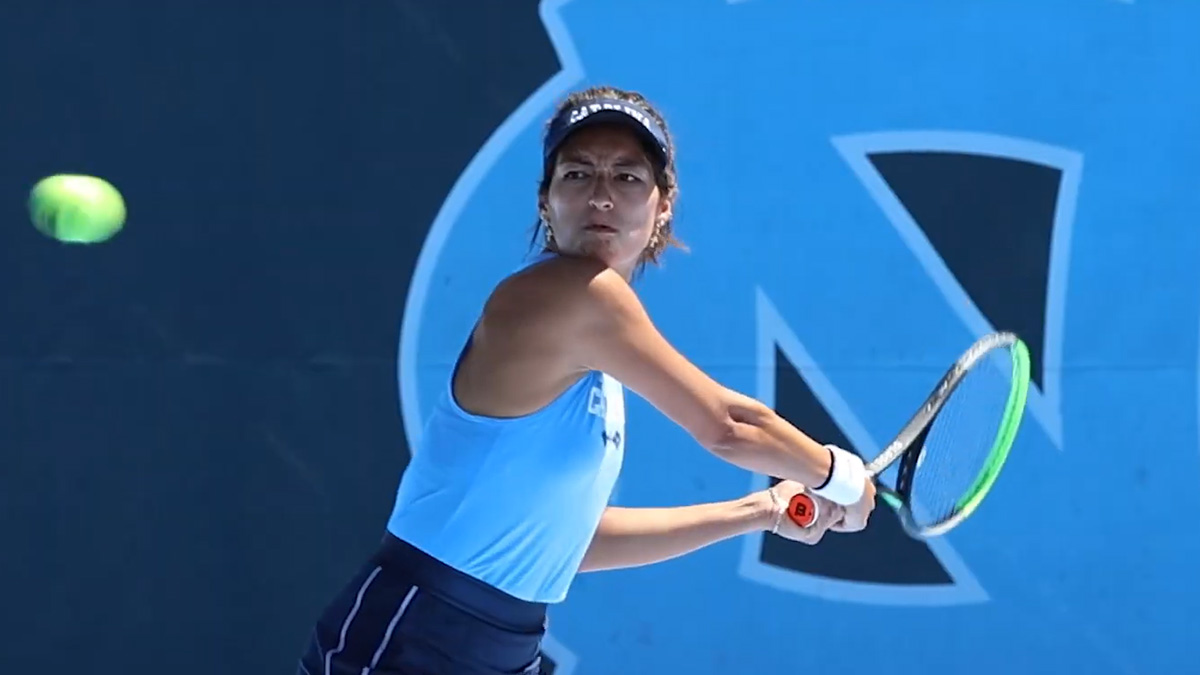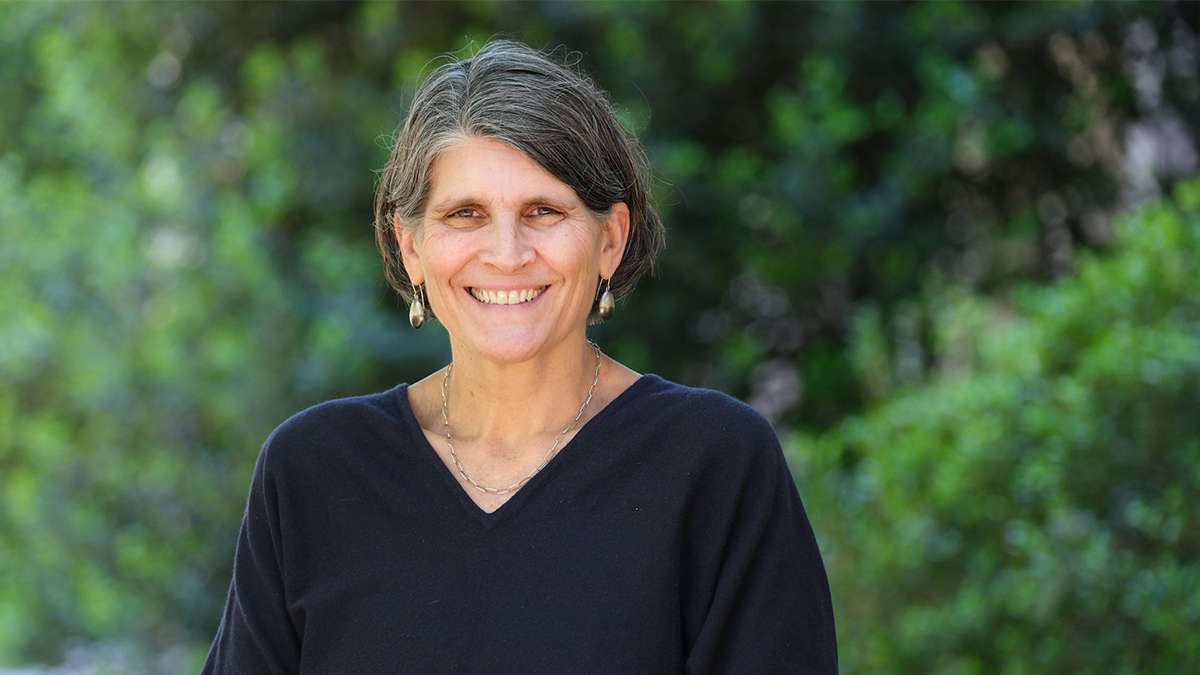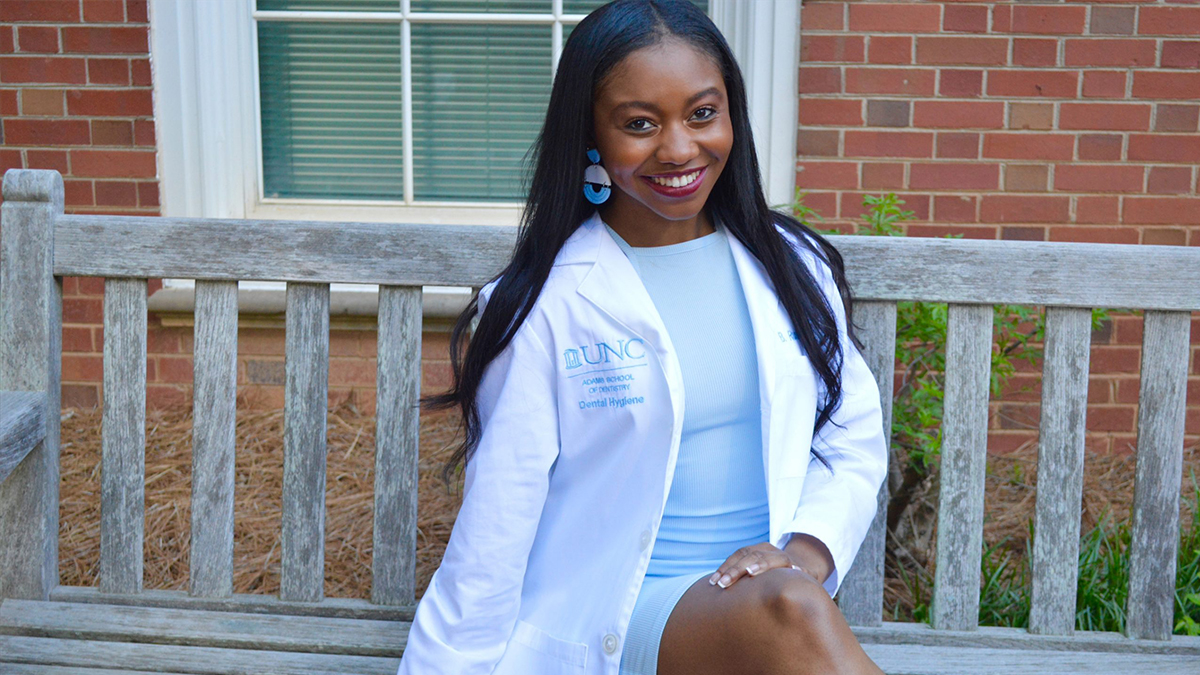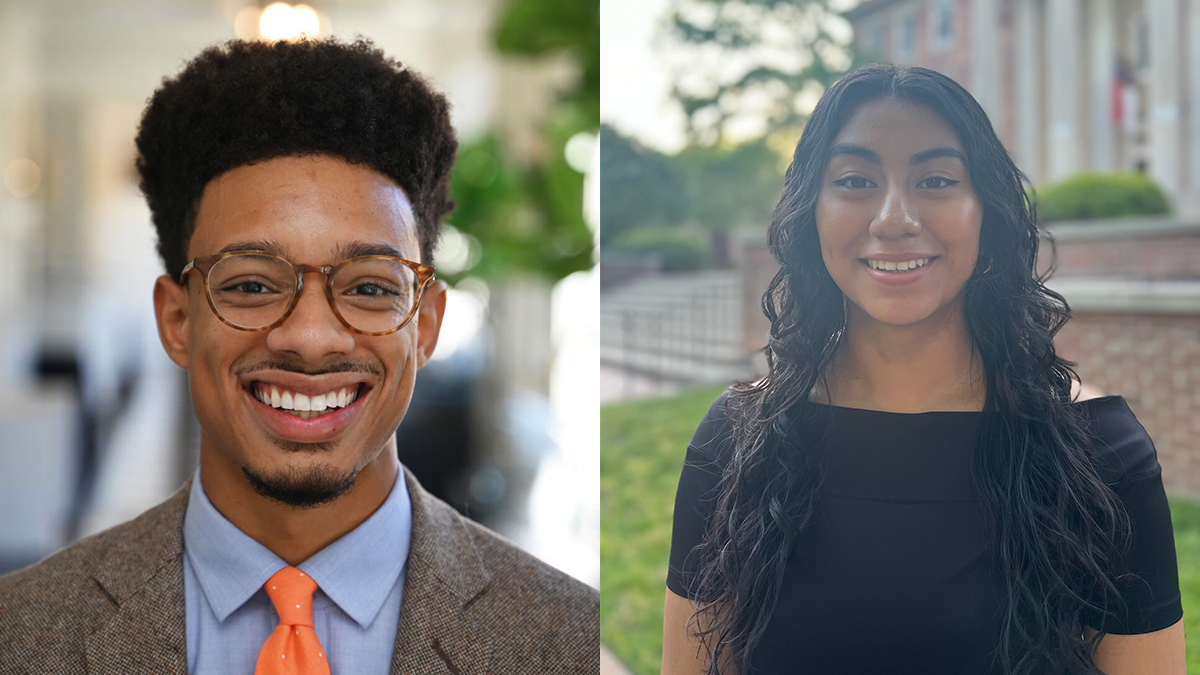2022 Tanner Awards for Graduate Teaching Assistants
With their own favorite teachers fresh in their minds, these budding instructors are already making a difference in the lives of Carolina students.

In 1990, the University expanded the purview of the Tanner Awards to recognize excellence in the teaching of undergraduates by graduate teaching assistants. Each of the five winners receives a one-time stipend of $5,000 and a framed citation.
Kaki Ryan
Computer science department, College of Arts & Sciences
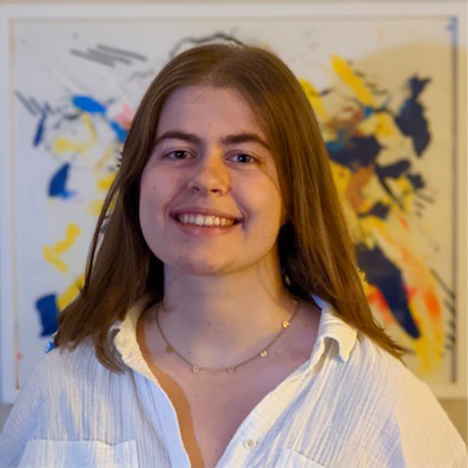
Kaki Ryan
Who was the best teacher you had and why?
I completed my undergraduate degree in computer science at UNC-Chapel Hill, and the best teachers I’ve had are professors in this department. There are two faculty members in particular I’d like to mention. The first is Kris Jordan (a 2021 Teaching Award recipient). I took Kris’ course my first year, and it was so fantastic and engaging. It ignited my initial excitement for computer science and inspired me to switch my major. Kris creates a classroom environment that celebrates diverse student backgrounds and is constantly innovating to improve the experience for all students. His courses are always brimming with enthusiasm, creativity and light.
The second is Montek Singh. Montek has a brilliant talent for making the most intimidating topics less daunting and more accessible. His digital logic course was what sparked my initial interest in pursuing research and graduate school. He is a source of endless patience, empathy and genuine care for student well-being.
What does it take to be a good professor in 2022?
I think you have to be a good listener. We all have so much to learn from each other. Speaking from my personal experience, what I think is so beautiful about getting to teach introductory undergraduate courses is that the rooms are filled with a mosaic of backgrounds. The students 1) are all 100% capable of learning whatever topic is up on the slides and 2) all have so much unique experience and knowledge to bring to the table. I think good professors value different skill sets, meet students where they are and are excited to learn from their students. The best instructors remain grounded in their appreciation for students as individuals, and they value student input and contributions to the course and learning experience.
What’s something creative you’ve done to engage your students?
An important learning objective of any computer science course is an understanding of how the topics covered connect to the real world. I recently helped to develop a series of reading assignments for COMP110, UNC’s introductory programming course. The idea was that students would read a short paper or article on topics related to responsible computing or algorithmic bias and then choose a few essay questions to respond to. I was so blown away by the vulnerability, depth and care students shared and chose to put into the responses. Many students drew upon personal experiences, made connections to other coursework or reflected on how their view of the technology industry was shifting. Giving students this opportunity to express themselves and make interdisciplinary connections proved to be a worthwhile and engaging exercise.
Samuel Schmitt
Political science department, College of Arts & Sciences
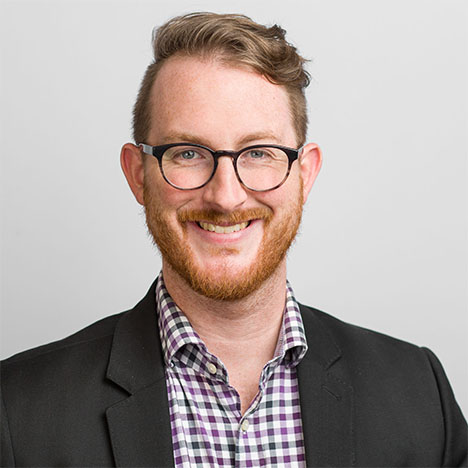
Samuel Schmitt
Who was the best teacher you had and why?
An old friend of mine, Steve. We’d sit over many a long lunch and talk about justice, the meaning of life, politics, good and evil, suffering, religion and the like for hours. He kept me intellectually honest and clear — pressing objections and doubts. Steve taught me how to think in a deeper, slower, more nuanced way. Infuriatingly, Steve never just tells you the answer. You must put your mind to it. And, just as important, he is patient, kind, funny and intellectually charitable.
What does it take to be a good professor in 2022?
This is a terribly difficult question. I try to keep a few things in mind when trying to be good. Come to class with energy and excitement for the topic and the people. Treat the topic as if it matters for real people (because it does) and teach like you’re with real people, not just brains (because you are). Last, be open to rescheduling, reorganizing and so on — things happen and we get blown off course.
What’s something creative you’ve done to engage your students?
Most of my students will not become political theorists (what I teach). However, they will be presented with many opportunities to apply ideas from class to their lives. While I assign “traditional” research papers, I also assign a long reflective, creative essay at the end of the course. Students get to decide the topic. One student wrote about whether “The Hunger Games” is a Hobbesian state of nature. Another wrote a version of Wisconsin v. Yoder, where the Supreme Court justices were John Stuart Mill, Edmund Burke and Karl Marx. These are both nifty topics. Sometimes students reflect on their own lives through the lens of the philosophers. One critically examined how their views had changed or solidified through the class, asking themselves questions about what it means to be free. Students need practice making sense of life and of politics.
Aaron Smith
Computer science department, College of Arts & Sciences
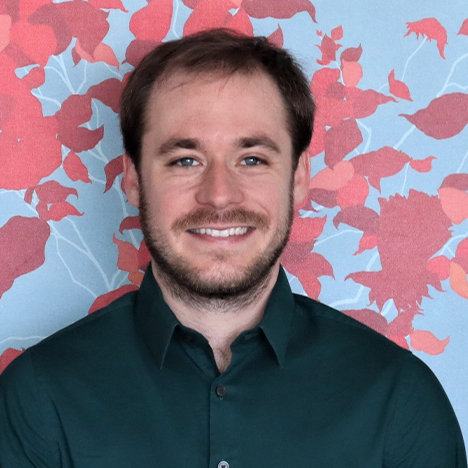
Aaron Smith
Who was the best teacher you had and why?
My undergraduate adviser was a math professor. She fostered my passion for mathematical modeling and influenced the way I approach problems today.
What does it take to be a good professor in 2022?
Flexibility and compassion. Instructors must be prepared to teach across multiple modes of instruction and quickly integrate new technology in the classroom. We must also be compassionate and understanding of students who have unique needs in uncertain times.
What’s something creative you’ve done to engage your students?
I try to design open-ended assignments that have multiple valid approaches. I like to see the creative ways in which students draw upon their unique backgrounds when solving open-ended problems.
Chris Strauss
Psychology and neuroscience department, College of Arts & Sciences

Chris Strauss
Who was the best teacher you had and why?
In undergrad, one of my favorite professors was an advanced calculus professor. Before taking his class, I had not thought of myself as a “numbers” person — or someone who could really excel in math and statistics. Not only was he an excellent and clear instructor, but he was also kind and encouraging. I was originally pursuing a math minor, but after meeting with him in office hours, I felt more excited and confident that I could pursue an official math degree. Oftentimes, all it takes is a little encouragement to help students feel more secure in their own capabilities.
What does it take to be a good professor in 2022?
A lot of things — but I think most importantly:
- Warmth and kindness.
- Adaptability and flexibility.
- Admittance of our own humanity.
More specifically, I feel that students need to know they are valued as whole individuals, with their own unique challenges, goals and resiliency. I’ve found it’s important to remind students they belong to the learning community at Carolina, and that their presence here is valued. In addition, 2022 has been a time to reevaluate, shift and relearn the way we teach. “Business as usual” just isn’t working anymore. I’ve found it important to build a class structure that is malleable. This is a great time for instructors to rethink strict late policies, consider the continued importance of open-note exams and build flexibility into their courses that can serve all students. Personability, genuine care, admitting both what I know about what I teach and what I don’t know about what I teach also go a long way in making the material more relevant and interesting.
What’s something creative you’ve done to engage your students?
Skittles day! One of the most important things to me when I teach introduction to statistics for psychology majors is to break down the preconceived notion that statistics is “too hard” for some people or will be overly dry and boring. The more I can make my classroom into a community, the more enjoyable the course material becomes. Breaking the ice and getting students to talk to each other can often be a challenge. As a solution, in one of my early units, I bring Skittles to class to give students a hands-on way to conceive of a particular topic in statistics. The perfect cocktail of hands-on learning and candy gets students talking to each other, problem solving together and (most importantly) laughing in a statistics course. “Skittles day” is such an important part of my class in taking concrete steps to turn a room of students into an open, communicative and joyful learning community.
Cristian Walk
History department, College of Arts & Sciences
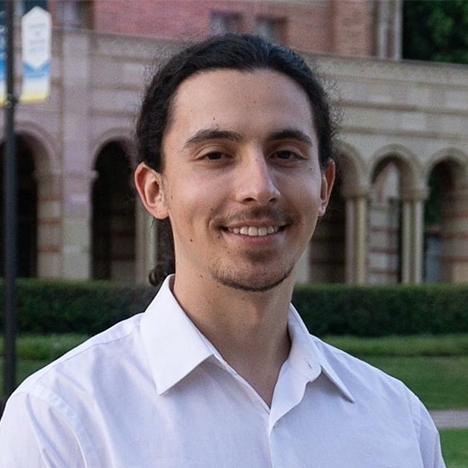
Cristian Walk
Who was the best teacher you had and why?
Though I’ve been lucky to have many great teachers in my life, Dr. Eric Martin was one of the best teachers I have ever had. He is a professor of religious studies at UCLA and is the only professor I have ever had who encouraged us to call him by his first name in the classroom. That was the first step he took to make us feel like we were in a communal learning environment. I strive to build a similar classroom vibe.
What does it take to be a good professor in 2022?
The values of empathy, compassion and flexibility should be stressed. Being a good teacher requires you to deeply care about your students and to make sure they know that you are always there to help in any way you can. The most important thing in the humanities and social sciences is to teach your students to think critically and be skeptical of the arguments they hear — including the ones you give them. Do not pretend that you are the sole arbiter of objective truth, but rather, that you are in a conversation with students about a particular essay or historical artifact and acknowledge that you bring just as much bias to the discussion as anyone else. Give them the tools to be able to challenge you.
What’s something creative you’ve done to engage your students?
I am a big believer in trying to build community within recitation sections. Doing so not only leads to lasting friendships but it also contributes to creating a better educational space. Students, like many of us, are much more likely to engage in substantive debates with each other (and with me) when they feel comfortable with their peers. One way I try to promote this is to set aside some time to get to know each other. Throughout the semester, I ask students to reintroduce themselves at the beginning of each class with their name and some random bit of information (spirit animals, astrological signs or favorite tree/plant). Another way I do this is by incorporating a lot of small group work so that students have the chance to get to know a smaller group of their peers really well and feel comfortable giving their views in a smaller setting and then hopefully to the whole class.
This wraps up the 2022 University Teaching Awards stories. Find the ones you missed.
